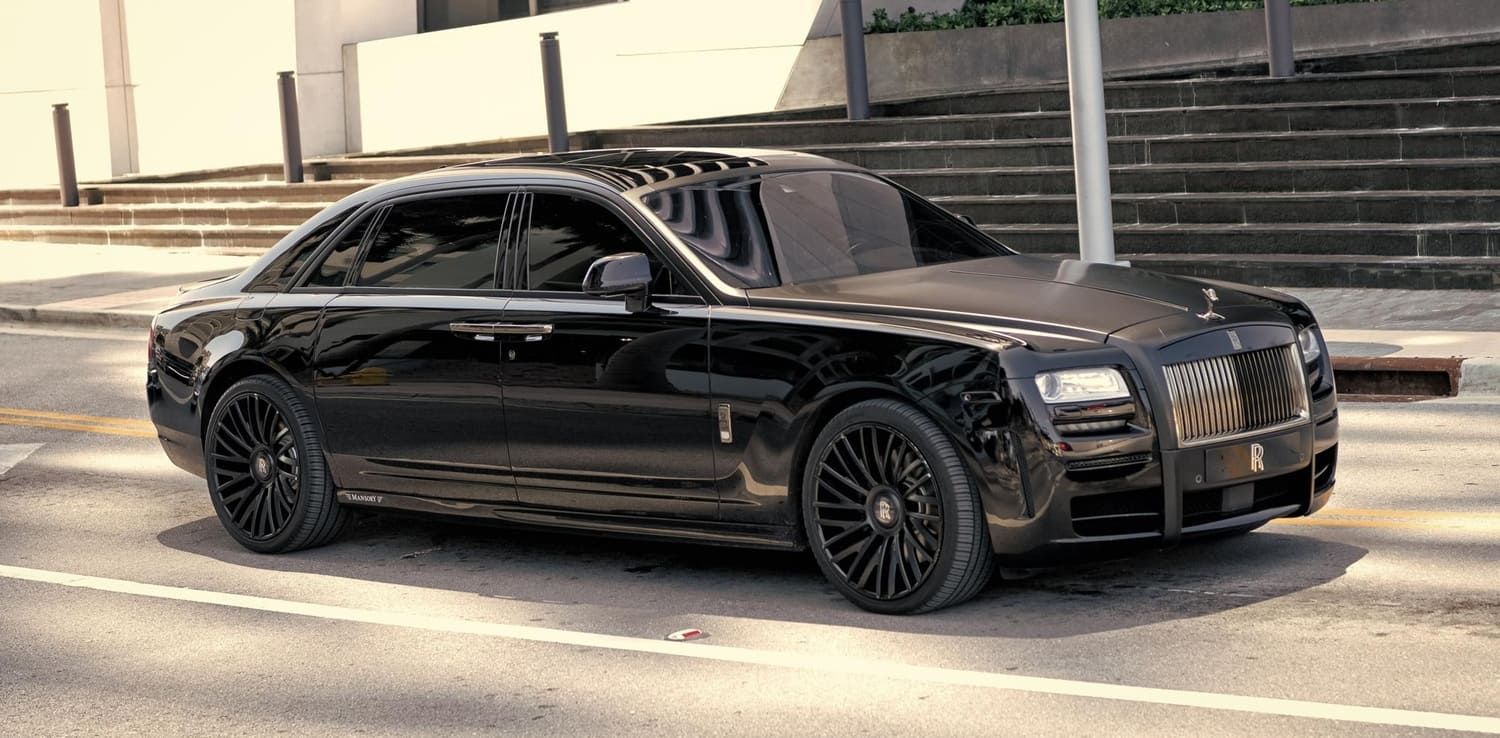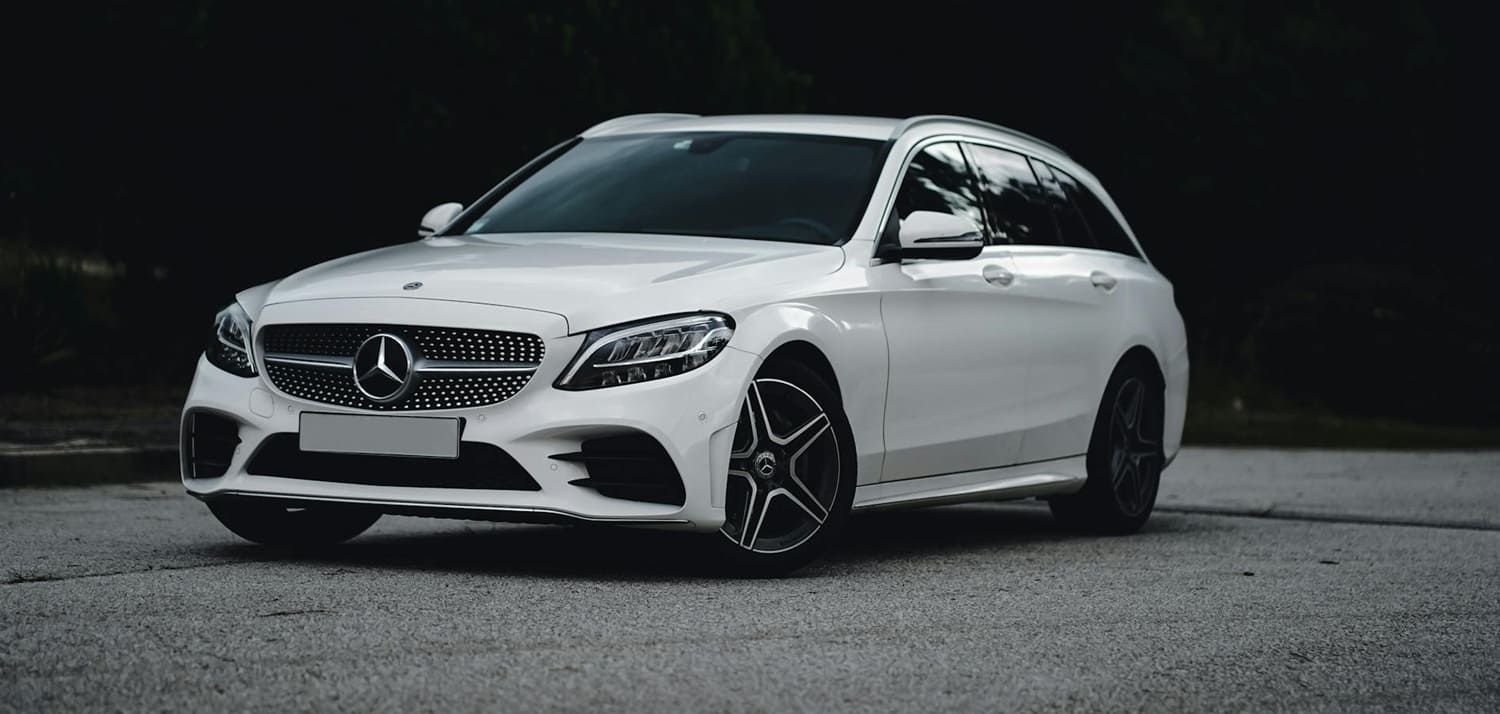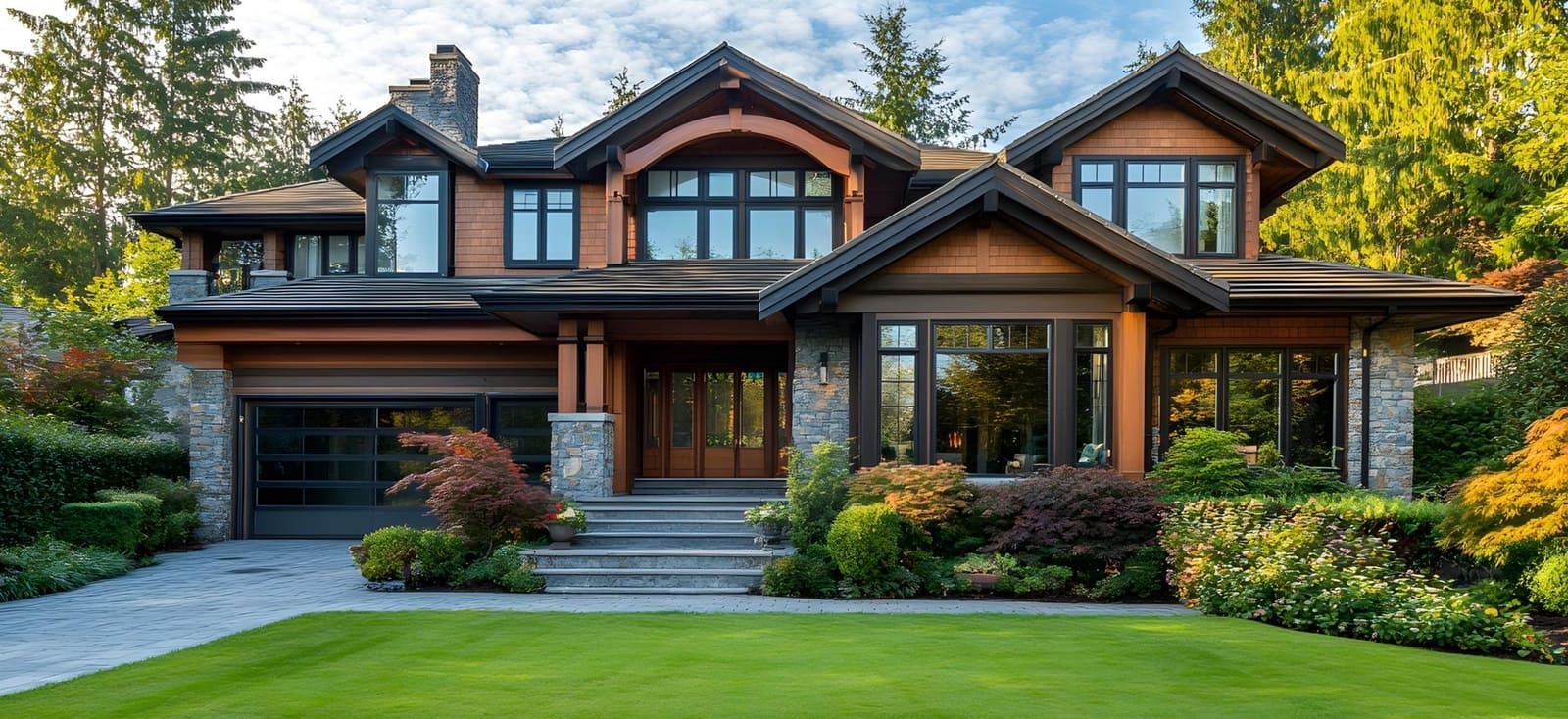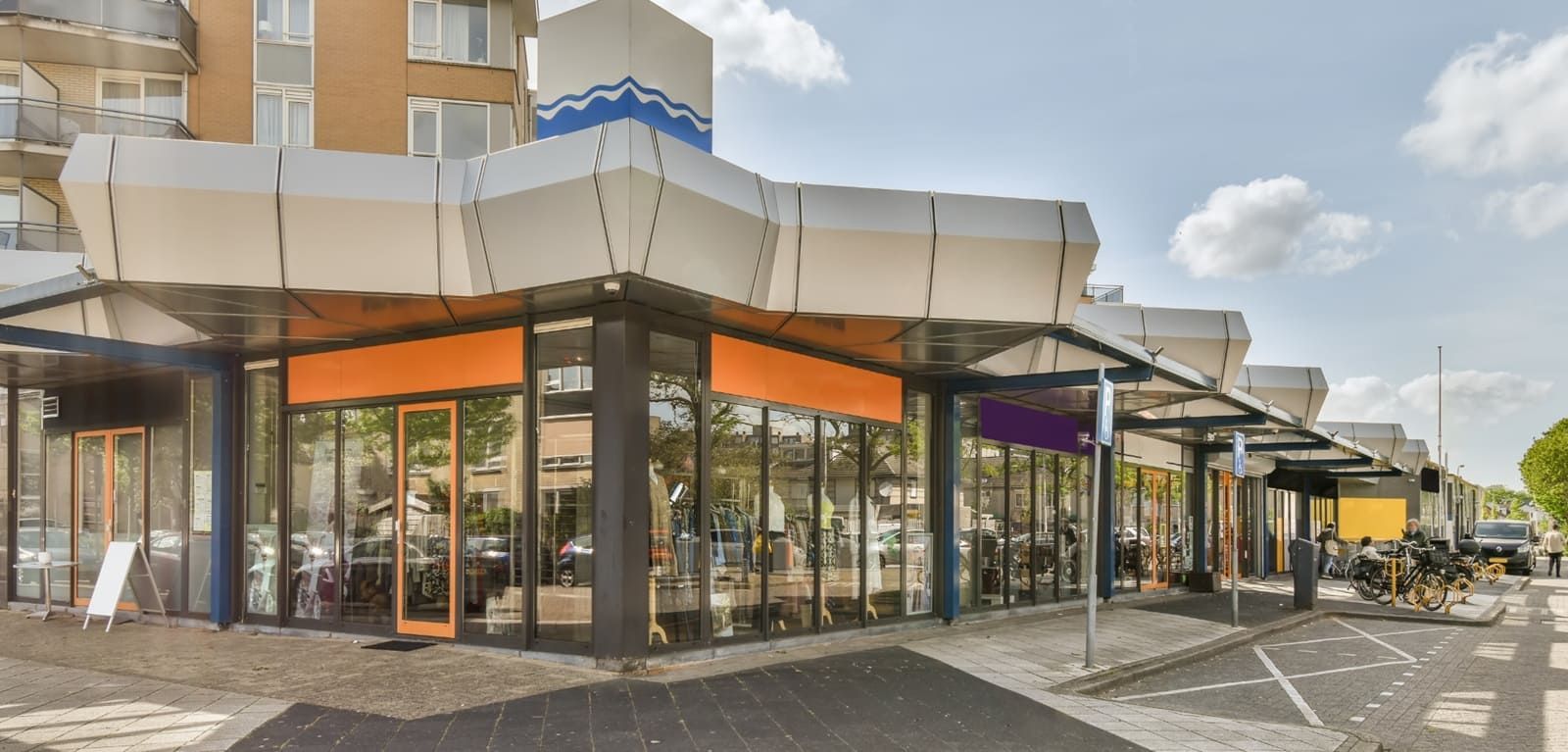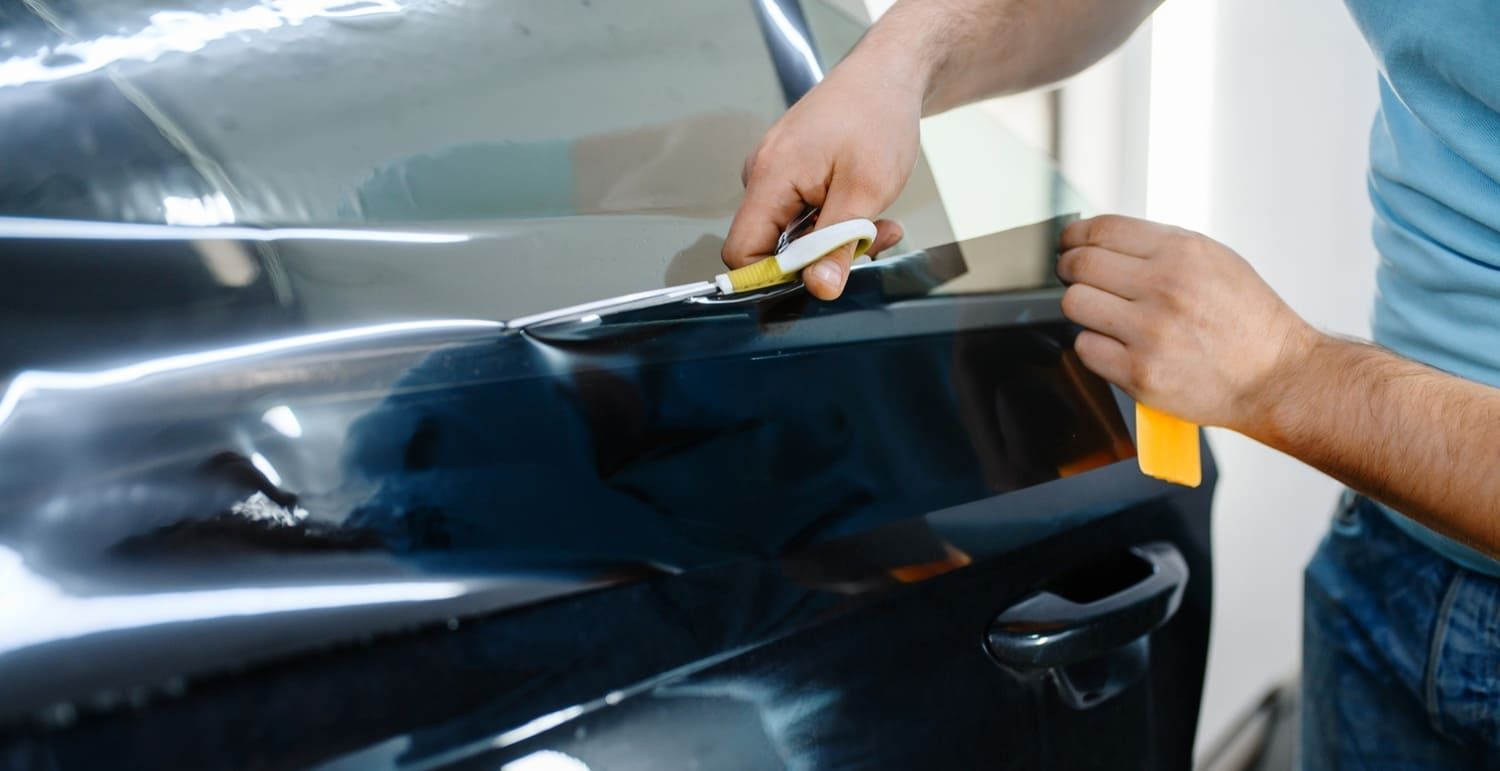Ceramic vs. Carbon Tint: Which Is Best for Your Car?
Choosing the right window tint for your car can be a daunting task, especially with the myriad of options available today. Window tinting not only enhances the aesthetic appeal of your vehicle but also provides functional benefits such as heat reduction, UV protection, and increased privacy. Among the most popular choices are ceramic and carbon tints. Each type offers distinct advantages and potential drawbacks, making it crucial to understand their differences before making a decision. In this guide, we'll dive deep into the world of window tints to help you decide which is best suited for your vehicle.
Window tints are thin films applied to the interior side of car windows. They serve several purposes, including reducing glare, blocking harmful UV rays, and enhancing privacy. The application of window tint can transform your driving experience by making it more comfortable and safe. But with multiple types of tints available, how do you know which one to choose? The key is to understand the materials and technologies behind each type, as well as how they align with your specific needs and preferences.
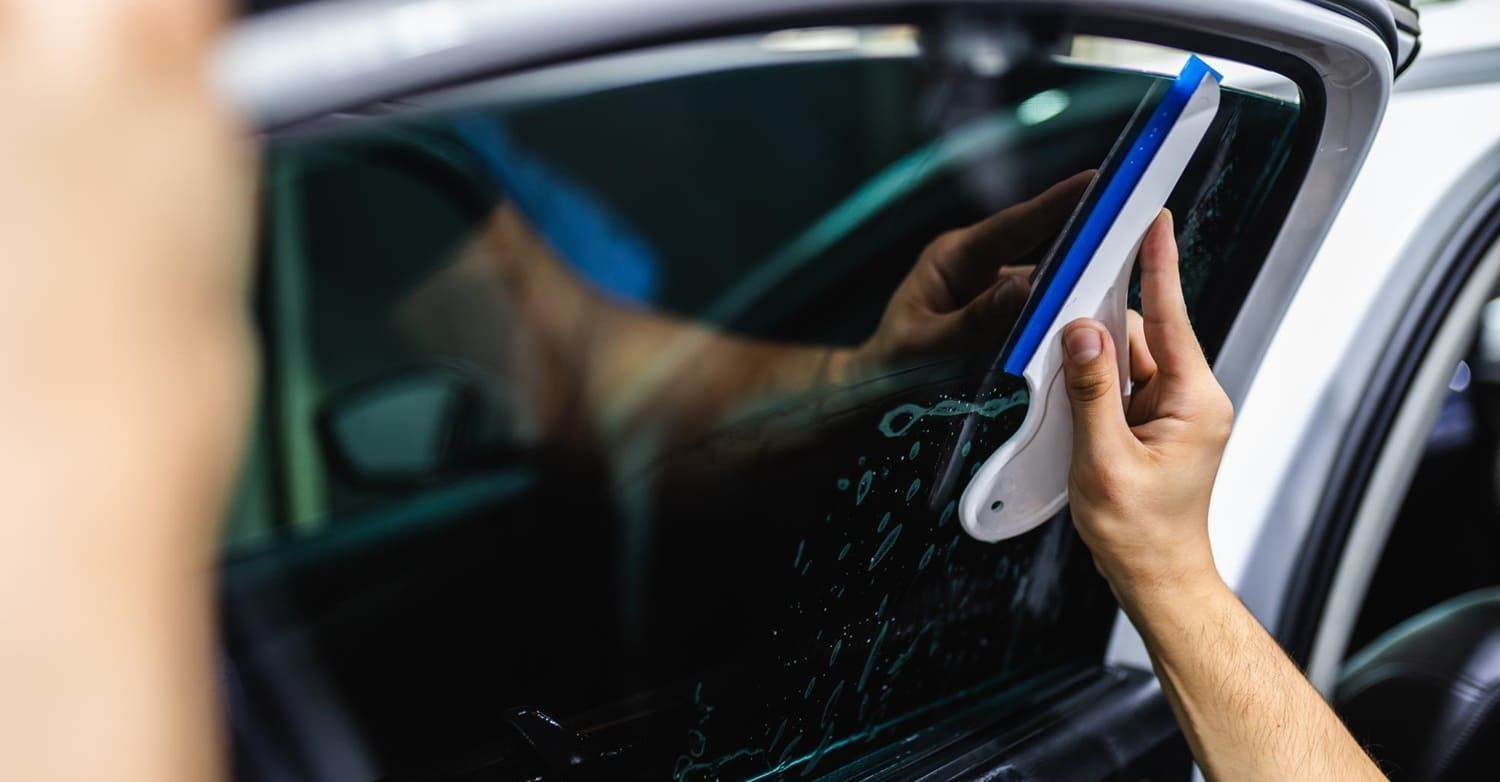
The Basics of Carbon Tint
Carbon tint is made using carbon particles, which are infused into the film. This type of tint is known for its dark, matte finish that doesn't fade over time. It's an excellent choice for those who want a sleek, sophisticated look for their vehicle. The carbon particles embedded in the film provide a rich black color that is both stylish and functional, offering a timeless appeal for car enthusiasts.
Moreover, carbon tints are popular due to their ability to block a significant amount of infrared light, which contributes to the heat inside a vehicle. They are an eco-friendly option as they do not contain metal, which means they do not interfere with radio or cell phone signals. This makes carbon tints a balanced choice for those who seek aesthetics and functionality without the high cost of advanced options like ceramic tints.
Pros of Carbon Tint
- Durability: Carbon tints are highly durable and resistant to fading, maintaining their appearance for years. This longevity makes them a cost-effective option in the long run, as they do not require frequent replacement or maintenance.
- UV Protection: They block a significant amount of UV radiation, protecting both the car's interior and its occupants. This is crucial for preventing the fading and cracking of upholstery and dashboards.
- Heat Rejection: Carbon tints can effectively reduce the heat inside the car, providing comfort during hot weather. While not the most effective at heat rejection, they still offer a noticeable difference, making the cabin cooler and more pleasant.
Cons of Carbon Tint
- Limited Heat Rejection: While they offer some heat rejection, they aren't as effective as ceramic tints. This can be a significant downside for those living in extremely hot climates where maximum heat reduction is desired.
- Glare Reduction: Carbon tints might not reduce glare as effectively as other types. This could be a concern for drivers who frequently experience harsh sunlight, impacting their comfort and safety on the road.
Unveiling the Ceramic Tint
Ceramic tint is crafted using ceramic particles that are nonconductive and nonmetallic. This advanced technology makes it one of the most efficient types of window tints on the market. The ceramic particles embedded in the film are highly effective at blocking solar energy, which helps in significantly reducing the heat inside the vehicle.
Ceramic tints are renowned for their clarity and performance, offering a transparent finish that does not compromise visibility while driving. Unlike metallic tints, ceramic tints do not interfere with electronic devices, ensuring seamless connectivity for GPS, cell phones, and other gadgets. This attribute makes them particularly appealing for tech-savvy drivers who rely on their devices during travel.
Pros of Ceramic Tint
- Superior Heat Rejection: Ceramic tints offer the best heat rejection capabilities, keeping your car cooler in the summer months. This not only enhances comfort but also contributes to energy efficiency as it reduces the need for air conditioning.
- UV and Infrared Protection: They block up to 99% of UV rays and significantly reduce infrared radiation, which is the primary cause of heat buildup. This protection ensures the longevity of your vehicle's interior and safeguards your skin from harmful rays.
- No Signal Interference: Unlike metallic tints, ceramic tints don't interfere with electronic devices like GPS or cell phones. This ensures continuous connectivity, making them ideal for modern drivers who depend on technology.
Cons of Ceramic Tint
- Cost: Ceramic tints are generally more expensive than other types, including carbon tints. The higher initial investment can be a deterrent for those on a tight budget, although many find the long-term benefits to be worth the cost.
- Installation Expertise: They require professional installation due to their complex composition. This can add to the overall expense and necessitates finding a skilled installer to ensure optimal performance and longevity.
Ceramic vs. Carbon Tint: A Head-to-Head Comparison
When considering "carbon vs ceramic tint," there are several factors to weigh. Each type brings unique benefits to the table, and understanding these can guide you to make an informed decision. Let's compare these two popular choices side-by-side to see which might be the best fit for your needs.
Appearance and Aesthetics
- Carbon Tint: Offers a matte finish that appeals to those seeking a sophisticated, understated look. This type of tint can enhance the sleekness of your vehicle, providing a classic and elegant appearance without drawing too much attention.
- Ceramic Tint: Provides a slightly reflective finish, adding a touch of elegance while maintaining transparency. This reflective quality can give your car a modern and upscale look, appealing to those who appreciate a bit of sheen in their window treatments.
Performance and Functionality
- Heat Rejection: Ceramic tints outperform carbon tints in heat rejection, making them ideal for warmer climates. This superior performance can significantly enhance comfort, especially during peak summer months when temperatures soar.
- UV Protection: Both tints offer excellent UV protection, but ceramic tints have a slight edge in blocking infrared rays. This advanced protection can be a decisive factor for those who prioritize safeguarding their vehicle's interior and occupants from UV exposure.
- Durability: Carbon tints are renowned for their fade-resistant properties, while ceramic tints excel in overall longevity due to their robust materials. This makes ceramic tints a worthwhile investment for those planning to keep their vehicle for many years.
Cost Considerations
- Initial Investment: Ceramic tints come with a higher price tag compared to carbon tints. However, their long-term benefits may justify the upfront cost, particularly in terms of energy savings and durability.
- Value for Money: While carbon tints are more budget-friendly, ceramic tints could offer better value over time due to their superior performance and durability. This makes ceramic tints a smart choice for those willing to invest in enhanced comfort and protection.
Making the Right Choice for Your Vehicle
Choosing between carbon and ceramic tints largely depends on your personal preferences and specific needs. Here are a few points to consider:
- Budget: If you're looking for an affordable option that still offers good performance, carbon tint could be the way to go. It provides a balance of cost-effectiveness and functionality, making it suitable for budget-conscious drivers.
- Climate: For those living in hot climates, the superior heat rejection of ceramic tints might be worth the investment. This feature can drastically improve your driving experience by maintaining a cooler interior environment.
- Aesthetic Preference: Consider whether you prefer the matte finish of carbon or the subtle shine of ceramic. Your choice can reflect your personal style and how you want your vehicle to be perceived on the road.
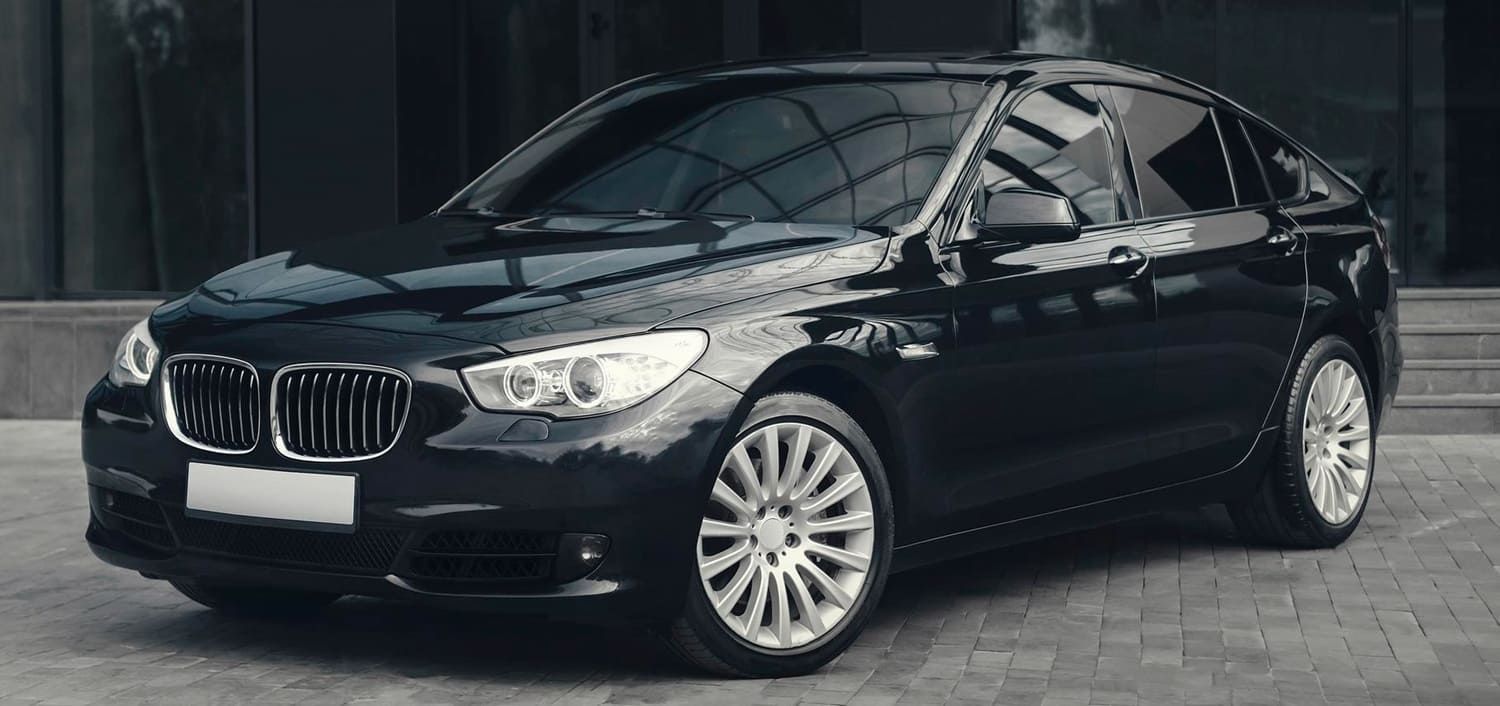
Conclusion
When deciding between ceramic vs carbon tint, it's essential to weigh your priorities, budget, and the specific benefits each type offers. With Flying Window Tinters in Longwood, FL, a trusted LLumar SelectPro Dealer and the best car window tinting installers near you, you’ll receive professional guidance on which tint option best suits your driving habits and lifestyle. Both ceramic and carbon tints can enhance your driving experience by improving comfort, protecting your vehicle's interior, and adding a touch of style.
Ultimately, the best choice will depend on your individual needs and preferences. Whether you opt for the durable, budget-friendly carbon tint or the high-performance ceramic tint, working with Flying Window Tinters ensures you’re making a valuable investment in your vehicle's longevity and your personal comfort. Professional installation is key to maximizing the benefits of any window tint, ensuring it performs optimally and lasts for years to come.
So, take the time to choose wisely and enjoy the enhanced driving experience that comes with expertly tinted windows. Consider the specific conditions you face, such as climate and usage, and align them with the features of each tint type to make the most informed decision.
Contact Flying Window Tinters in Longwood, FL today for your free estimate and let us help you find the perfect window tint for your vehicle.
Frequently Asked Questions About Ceramic vs Carbon Tint
What is the main difference between ceramic and carbon tint?
Ceramic blocks more heat and UV, while carbon offers solid performance at a lower cost.
Which tint lasts longer, ceramic or carbon?
Ceramic is more durable and fade-resistant than carbon.
Does ceramic tint block more heat than carbon?
Yes. Ceramic provides superior infrared heat rejection.
Is carbon tint still a good choice?
Yes. It’s affordable, effective, and doesn’t interfere with signals.
Does ceramic tint affect electronics or signals?
No. Ceramic is signal-safe, just like carbon films.
Which tint provides better night visibility?
Ceramic reduces glare and maintains clearer vision at night.
Is ceramic tint worth the higher price?
Yes. It delivers better comfort, durability, and protection.
Which tint is better for long-term value?
Ceramic provides the best overall value, though carbon is a strong budget option.




